Home>Furniture & Design>Outdoor Furniture>How To Set Outdoor Light Timer
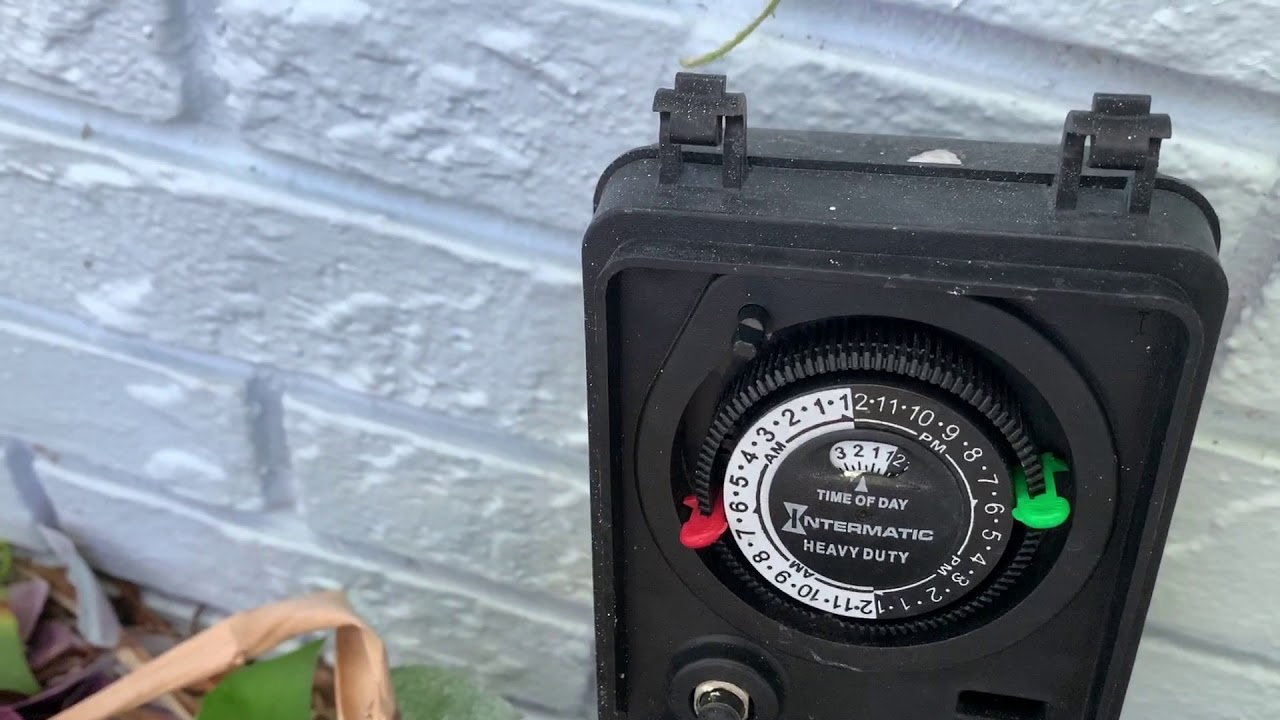

Outdoor Furniture
How To Set Outdoor Light Timer
Published: January 13, 2024
Learn how to set your outdoor light timer for added convenience and security. Discover the best outdoor furniture, furniture, and design tips for a stylish and functional outdoor space.
(Many of the links in this article redirect to a specific reviewed product. Your purchase of these products through affiliate links helps to generate commission for Storables.com, at no extra cost. Learn more)
Introduction
Welcome to the world of outdoor lighting, where the right ambiance can transform your garden, patio, or deck into a captivating oasis. Whether you're hosting a lively outdoor gathering or simply enjoying a peaceful evening under the stars, outdoor light timers play a crucial role in illuminating and enhancing the beauty of your outdoor space.
Imagine the convenience of having your outdoor lights automatically turn on as the sun sets, creating a warm and inviting atmosphere without you having to lift a finger. This not only adds a layer of security to your property but also elevates the overall aesthetics of your outdoor area. In this comprehensive guide, we will delve into the intricacies of outdoor light timers, from understanding their functionality to selecting the right one for your specific needs. We will also walk you through the process of setting up and troubleshooting these devices, ensuring that you can make the most of your outdoor lighting with confidence and ease.
So, whether you're a seasoned outdoor enthusiast or just dipping your toes into the world of outdoor design, this guide is designed to equip you with the knowledge and skills to master the art of outdoor light timers. Let's embark on this illuminating journey together, and discover how you can effortlessly elevate your outdoor living experience.
Key Takeaways:
- Mastering outdoor light timers enhances your outdoor space with convenience, security, and ambiance, creating captivating experiences for gatherings and tranquil evenings.
- Choosing, setting up, and troubleshooting outdoor light timers empowers you to effortlessly control and elevate your outdoor lighting, maximizing the benefits for your unique outdoor design vision.
Read more: How To Use Outdoor Timer
Understanding Outdoor Light Timers
Outdoor light timers are ingenious devices designed to automate the operation of your outdoor lighting systems. They offer a convenient way to control when your lights turn on and off, providing both practical functionality and aesthetic appeal. These timers are particularly valuable for ensuring that your outdoor spaces are well-lit during the evening hours, enhancing security and creating an inviting ambiance for gatherings or quiet nights at home.
One of the key benefits of outdoor light timers is their ability to mimic human behavior, thereby deterring potential intruders by giving the impression that someone is home. This added layer of security can bring peace of mind, especially when you’re away from home for extended periods. Moreover, outdoor light timers can contribute to energy efficiency by allowing you to schedule the operation of your lights, preventing unnecessary energy consumption during daylight hours.
These devices come in various forms, including digital, mechanical, and smart Wi-Fi-enabled timers, each offering unique features and levels of programmability. Digital timers provide precise control over the timing and duration of your outdoor lights, while mechanical timers offer a more traditional, yet reliable, approach to scheduling lighting operations. Smart Wi-Fi-enabled timers, on the other hand, allow you to remotely control your outdoor lights via smartphone apps, offering unparalleled convenience and flexibility.
Understanding the different types of outdoor light timers and their capabilities is essential for selecting the right one to meet your specific needs. Whether you prioritize simplicity, advanced programmability, or seamless integration with smart home systems, there’s a timer that aligns with your preferences and lifestyle. By choosing the right outdoor light timer, you can effortlessly enhance the functionality and visual allure of your outdoor living space, while also reaping the practical benefits of automated lighting control.
Choosing the Right Outdoor Light Timer
When it comes to selecting the ideal outdoor light timer for your specific requirements, several factors come into play. Understanding these considerations will empower you to make an informed decision and choose a timer that seamlessly integrates with your outdoor lighting setup.
1. Type of Timer: Consider the type of timer that best suits your needs. Digital timers offer precise control and programming options, while mechanical timers provide a more traditional, straightforward approach. Smart Wi-Fi-enabled timers offer remote access and advanced scheduling features, ideal for those seeking maximum convenience and connectivity.
2. Programmability: Evaluate the level of programmability you require. Some timers allow for simple on/off scheduling, while others offer the flexibility to set different schedules for weekdays and weekends, or even create custom lighting patterns for special occasions.
3. Power Source: Determine whether you prefer a timer that operates on batteries, hardwired electrical connections, or solar power. Each power source has its advantages, with battery-operated timers offering flexibility in placement, hardwired timers ensuring continuous power, and solar-powered timers harnessing energy from the sun for eco-friendly operation.
4. Weather Resistance: Given that outdoor light timers are exposed to the elements, it’s important to choose a timer with a high level of weather resistance. Look for timers with durable, waterproof enclosures to ensure reliable operation in various outdoor conditions.
5. Compatibility: If you have existing smart home systems or prefer to integrate your outdoor lighting with your home automation setup, opt for a timer that is compatible with your preferred smart home platform. This compatibility ensures seamless connectivity and centralized control of your outdoor lights.
6. User Interface: Consider the user interface of the timer, especially if you prioritize ease of use. Intuitive controls, clear displays, and user-friendly programming interfaces can significantly enhance your experience with the timer.
By carefully considering these factors, you can narrow down your options and select an outdoor light timer that aligns with your preferences, lifestyle, and outdoor lighting goals. Whether you prioritize advanced programmability, seamless integration with smart home systems, or simple, reliable operation, the right outdoor light timer will elevate the functionality and allure of your outdoor living space while providing the convenience of automated lighting control.
When setting an outdoor light timer, make sure to program it to turn on and off at the desired times. Also, consider the weather and adjust the timer as needed to save energy.
Setting Up Your Outdoor Light Timer
Once you’ve chosen the perfect outdoor light timer for your needs, it’s time to embark on the setup process. While the specific steps may vary based on the type and model of your timer, the following general guidelines will help you get started with confidence.
1. Familiarize Yourself with the Timer: Read the user manual provided with the timer to understand its features, programming options, and installation requirements. Familiarizing yourself with the timer’s functions will streamline the setup process.
2. Power Source Installation: Depending on the type of timer, install the required power source, whether it’s batteries, a hardwired electrical connection, or a solar panel. Ensure that the power source is installed according to the manufacturer’s instructions for optimal performance.
3. Mounting the Timer: If your timer requires mounting, select a suitable location near the outdoor lighting fixtures. Ensure that the mounting location provides easy access for programming and maintenance while protecting the timer from direct exposure to harsh weather conditions.
4. Wiring Connections: For timers that require electrical wiring, follow the provided wiring diagrams and instructions to make the necessary connections. If you’re uncertain about electrical work, consider consulting a qualified electrician to ensure safe and proper installation.
5. Programming the Timer: Set the current time and configure the desired on/off schedule for your outdoor lights. Digital and smart timers typically offer intuitive programming interfaces, allowing you to create custom schedules based on your preferences and daily routines.
6. Testing the Operation: After programming the timer, test the operation of your outdoor lights to ensure that they turn on and off according to the scheduled times. Make any necessary adjustments to the programming to achieve the desired lighting patterns.
7. Maintenance and Troubleshooting: Regularly inspect and maintain your outdoor light timer to ensure continued reliable operation. If you encounter any issues or irregularities with the timer’s performance, refer to the user manual for troubleshooting guidance or seek assistance from the manufacturer’s support resources.
By following these steps and adhering to the manufacturer’s guidelines, you can set up your outdoor light timer effectively, ensuring that your outdoor lighting operates seamlessly and enhances the ambiance of your outdoor space. Whether you opt for a simple mechanical timer or a sophisticated smart Wi-Fi-enabled timer, the setup process is the key to unlocking the convenience and allure of automated outdoor lighting control.
Troubleshooting Common Issues
While outdoor light timers are designed to provide reliable and convenient control over your outdoor lighting, occasional issues may arise that require troubleshooting. By familiarizing yourself with common problems and their solutions, you can effectively address any challenges that may impact the performance of your outdoor light timer.
1. Inaccurate Timekeeping: If your timer consistently displays the incorrect time, ensure that the time zone and daylight saving settings are configured accurately. Replace the timer’s batteries if applicable, as a low battery level can affect timekeeping accuracy.
2. Unresponsive Controls: If the timer’s controls are unresponsive, check for any debris or corrosion in the control buttons or interfaces. Clean the controls carefully and ensure that they are free from obstructions that may hinder their operation.
3. Intermittent Operation: If your outdoor lights turn on and off intermittently, inspect the wiring connections and ensure that they are secure and free from damage. Loose or damaged wiring can cause erratic operation and should be addressed promptly.
4. Weather-Related Issues: Exposure to extreme weather conditions can affect the performance of outdoor light timers. Inspect the timer’s enclosure for signs of water ingress, corrosion, or damage caused by prolonged exposure to harsh elements. Consider relocating the timer to a more sheltered area if necessary.
5. Programming Errors: If your lights do not turn on or off as scheduled, review the timer’s programming and verify that the schedules are configured correctly. Ensure that the timer’s internal clock is set to the correct time and that the programming aligns with your intended lighting patterns.
6. Battery Replacement: For battery-operated timers, periodic battery replacement is essential to maintain reliable operation. Replace the batteries according to the manufacturer’s recommendations to prevent interruptions in the timer’s functionality.
7. Firmware Updates (Smart Timers): If you’re using a smart Wi-Fi-enabled timer, check for firmware updates through the associated smartphone app or the manufacturer’s website. Keeping the timer’s firmware up to date can resolve software-related issues and introduce new features and improvements.
By addressing these common issues proactively and following the recommended maintenance practices for your specific outdoor light timer, you can ensure consistent and trouble-free operation of your outdoor lighting system. If you encounter persistent issues that cannot be resolved through troubleshooting, don’t hesitate to seek assistance from the manufacturer’s support channels or consult with a qualified professional for further guidance.
Read more: How To Set Intermatic Outdoor Timer
Conclusion
Congratulations on embarking on the journey to master the art of outdoor light timers! By delving into the intricacies of these ingenious devices, you’ve gained valuable insights into their functionality, selection, setup, and troubleshooting. As you apply this knowledge to your outdoor living space, you’ll unlock the transformative power of automated lighting control, enhancing both the practicality and allure of your outdoor environment.
Understanding outdoor light timers empowers you to create captivating outdoor experiences, whether you’re hosting festive gatherings, enjoying tranquil evenings, or simply adding an extra layer of security to your property. The ability to effortlessly schedule and control your outdoor lighting not only elevates the ambiance of your outdoor space but also contributes to energy efficiency and peace of mind.
Choosing the right outdoor light timer is a pivotal step in this journey, as it ensures that your timer aligns with your preferences, lifestyle, and outdoor lighting goals. Whether you opt for a digital timer for precise control, a mechanical timer for reliable simplicity, or a smart Wi-Fi-enabled timer for seamless connectivity, your choice will shape the way you interact with and experience your outdoor lighting.
Setting up and maintaining your outdoor light timer is the bridge that connects the theoretical knowledge to tangible, real-world impact. As you follow the setup process and adhere to maintenance best practices, you’ll witness the seamless integration of automated lighting control into your outdoor lifestyle, enhancing convenience and visual allure with every illuminated evening.
Finally, troubleshooting common issues equips you with the tools to overcome challenges that may arise, ensuring that your outdoor light timer operates reliably and consistently. By addressing common problems and implementing preventive measures, you’ll enjoy uninterrupted control over your outdoor lighting, maximizing the benefits of your chosen timer.
As you apply the knowledge and skills acquired from this guide, you’ll embark on a journey of discovery, creativity, and enhanced outdoor living. Whether you’re drawn to the practicality, aesthetics, or security aspects of outdoor lighting, the art of outdoor light timers offers a versatile canvas for you to express your unique outdoor design vision.
So, go forth and illuminate your outdoor world with confidence, knowing that you possess the expertise to master the art of outdoor light timers and create captivating outdoor experiences that leave a lasting impression.
Frequently Asked Questions about How To Set Outdoor Light Timer
Was this page helpful?
At Storables.com, we guarantee accurate and reliable information. Our content, validated by Expert Board Contributors, is crafted following stringent Editorial Policies. We're committed to providing you with well-researched, expert-backed insights for all your informational needs.
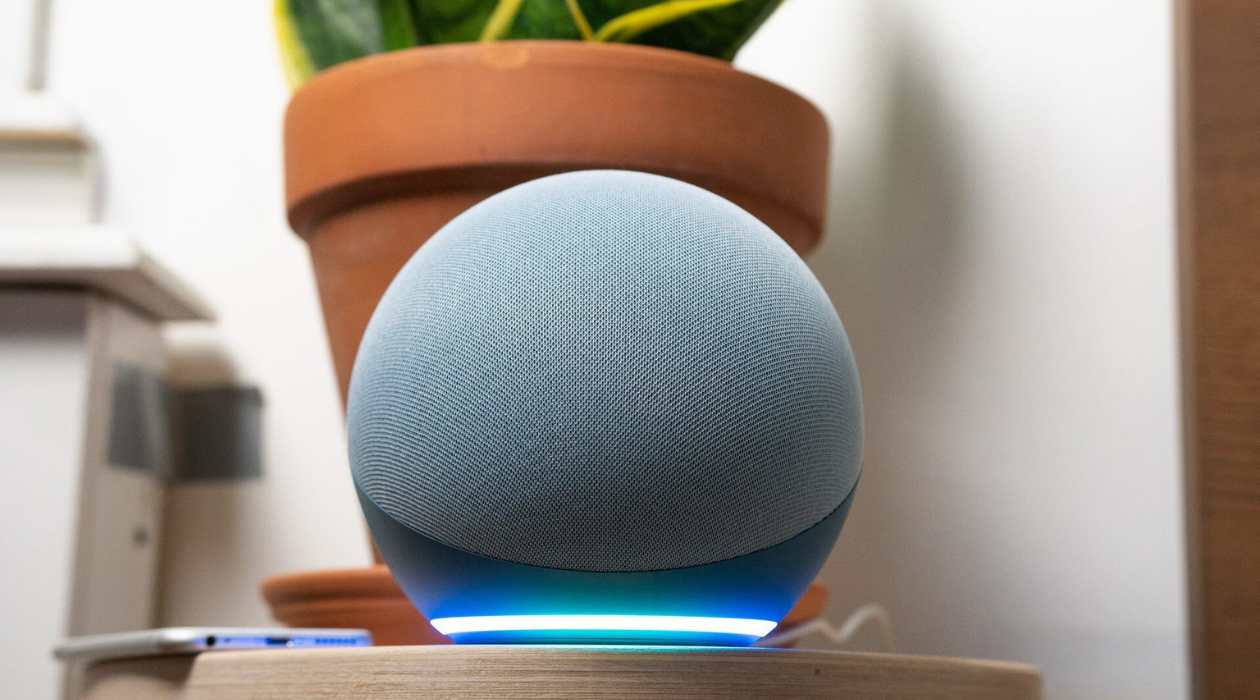
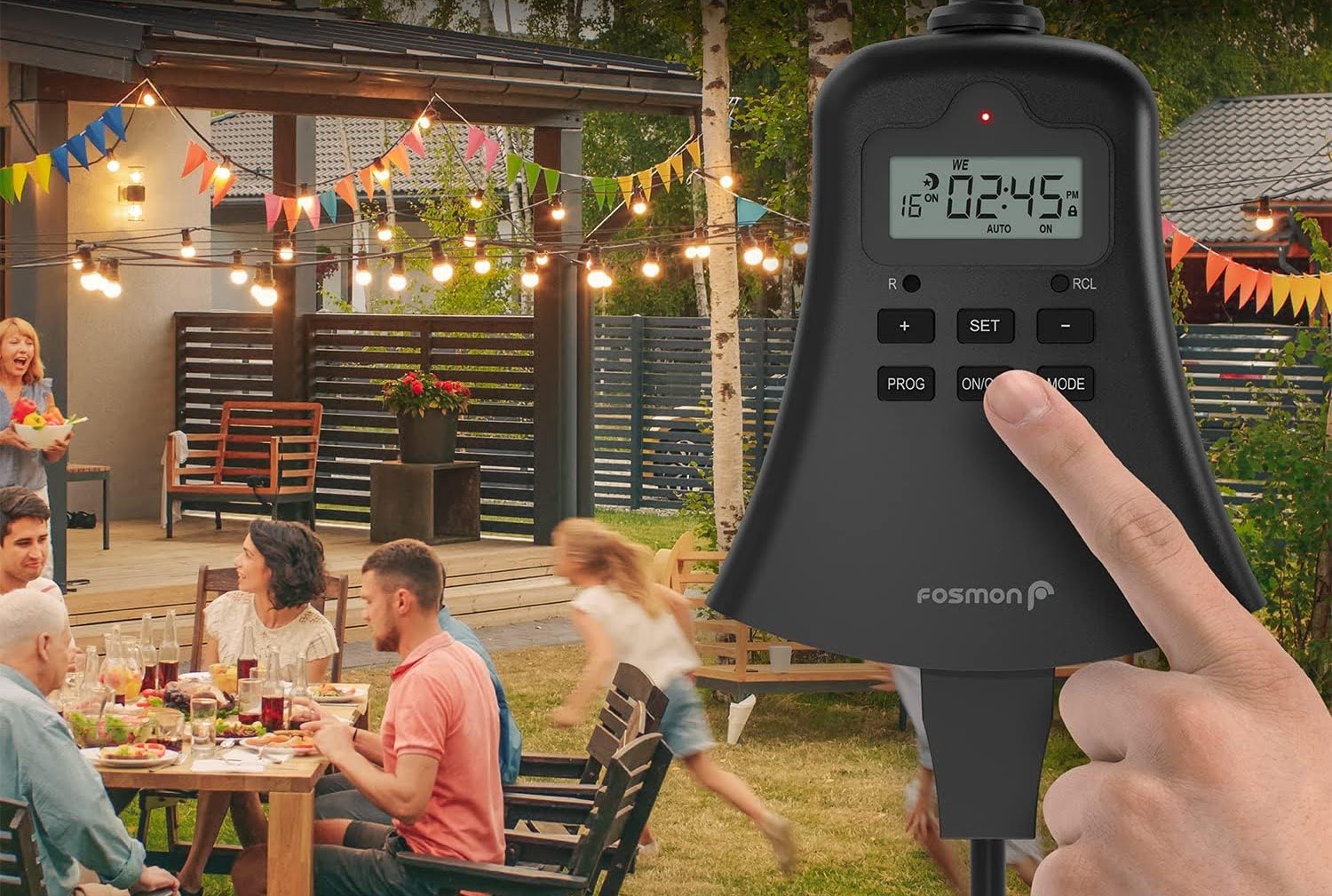
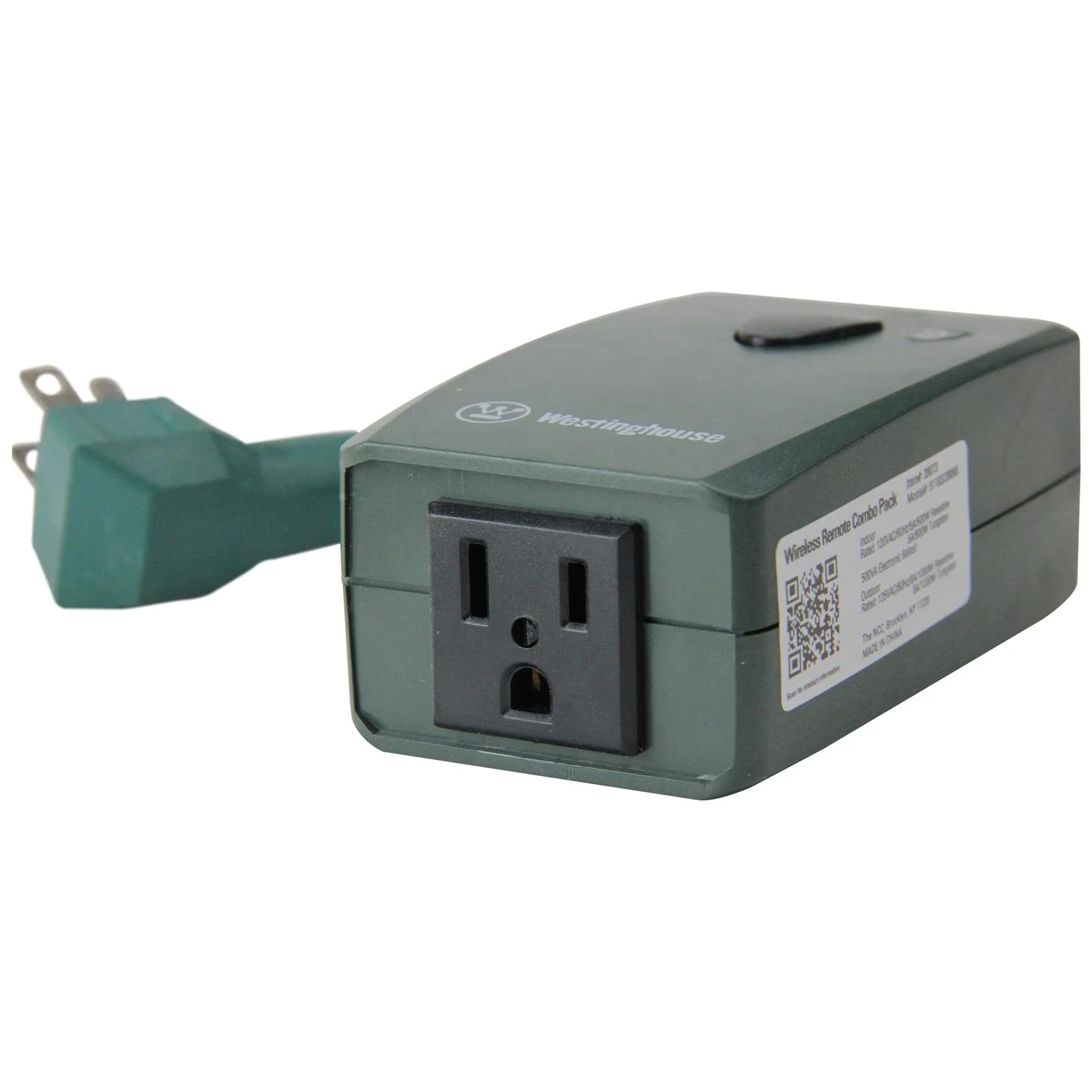
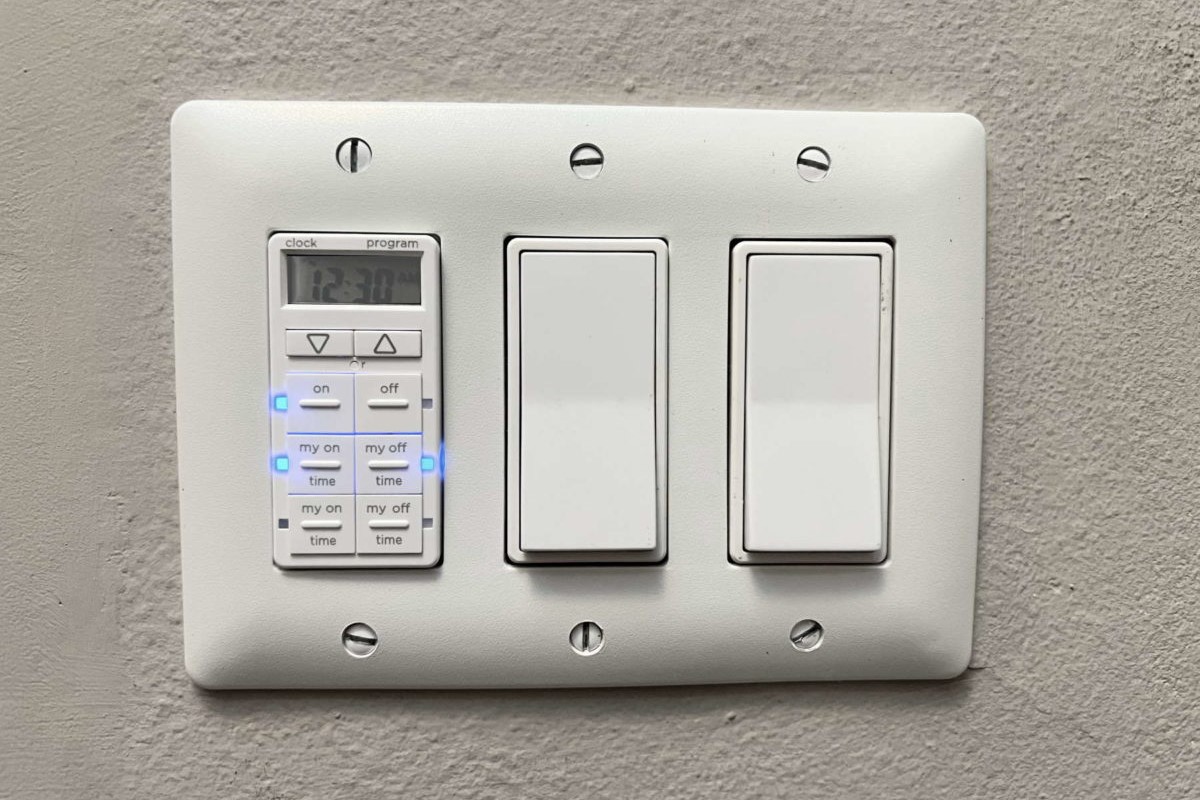
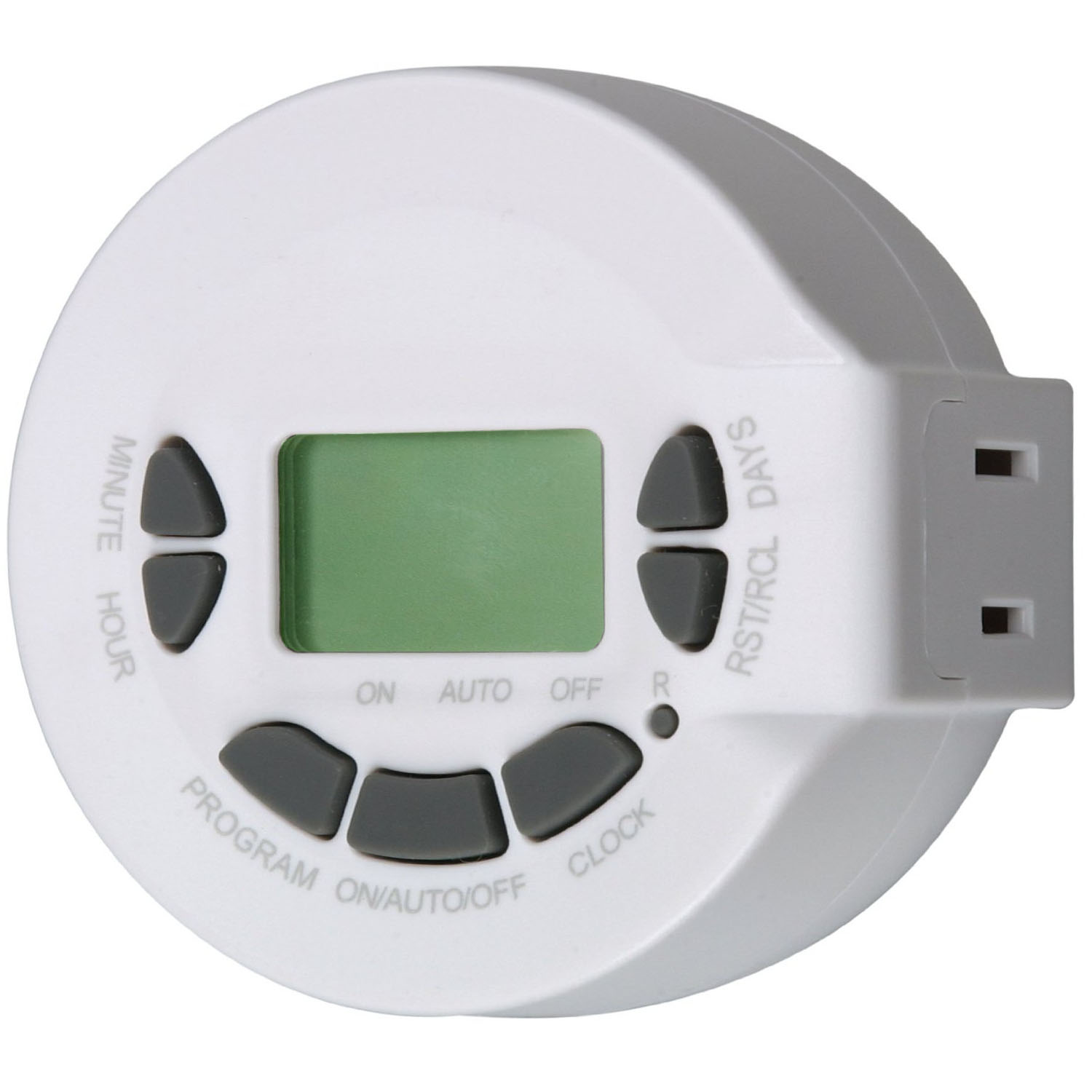

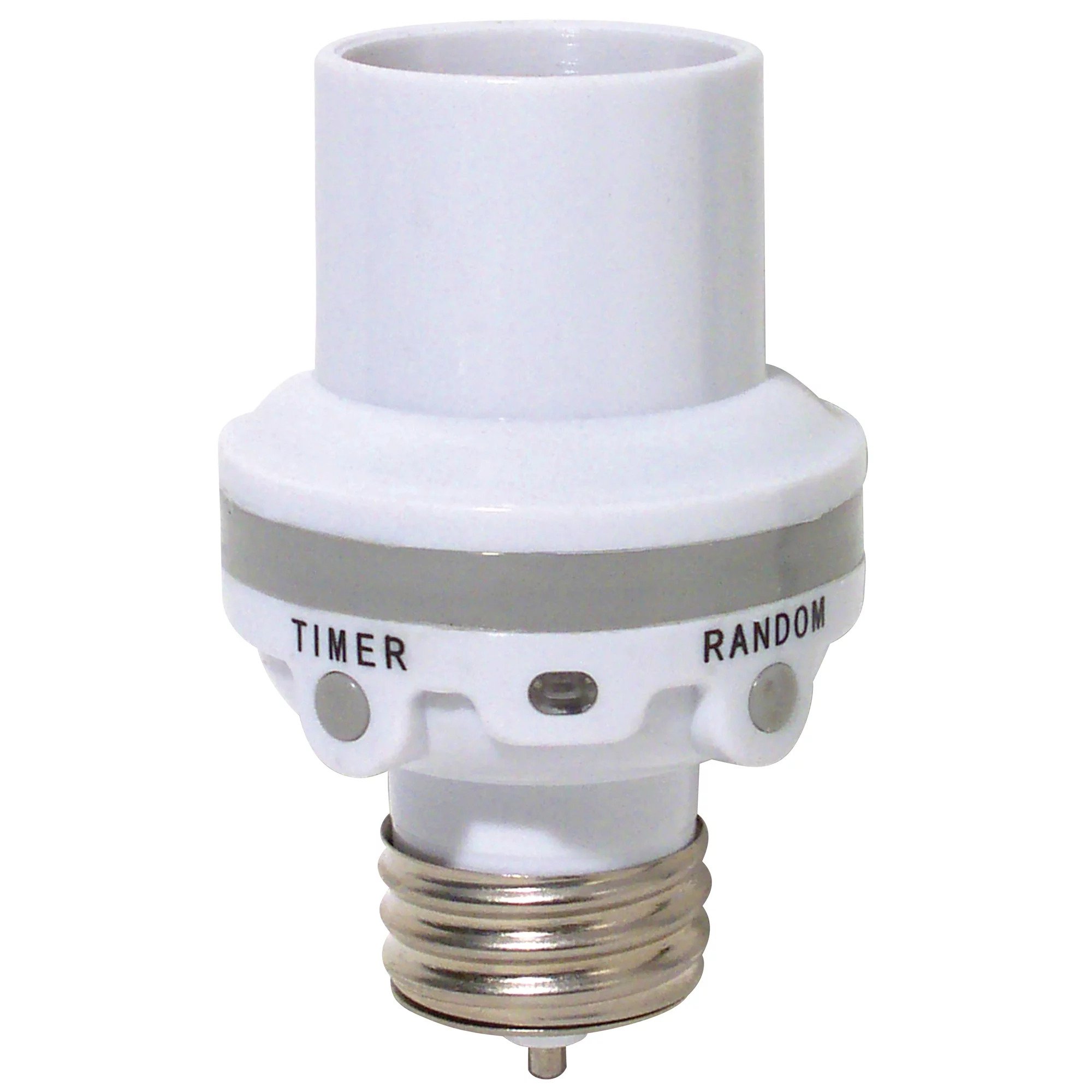
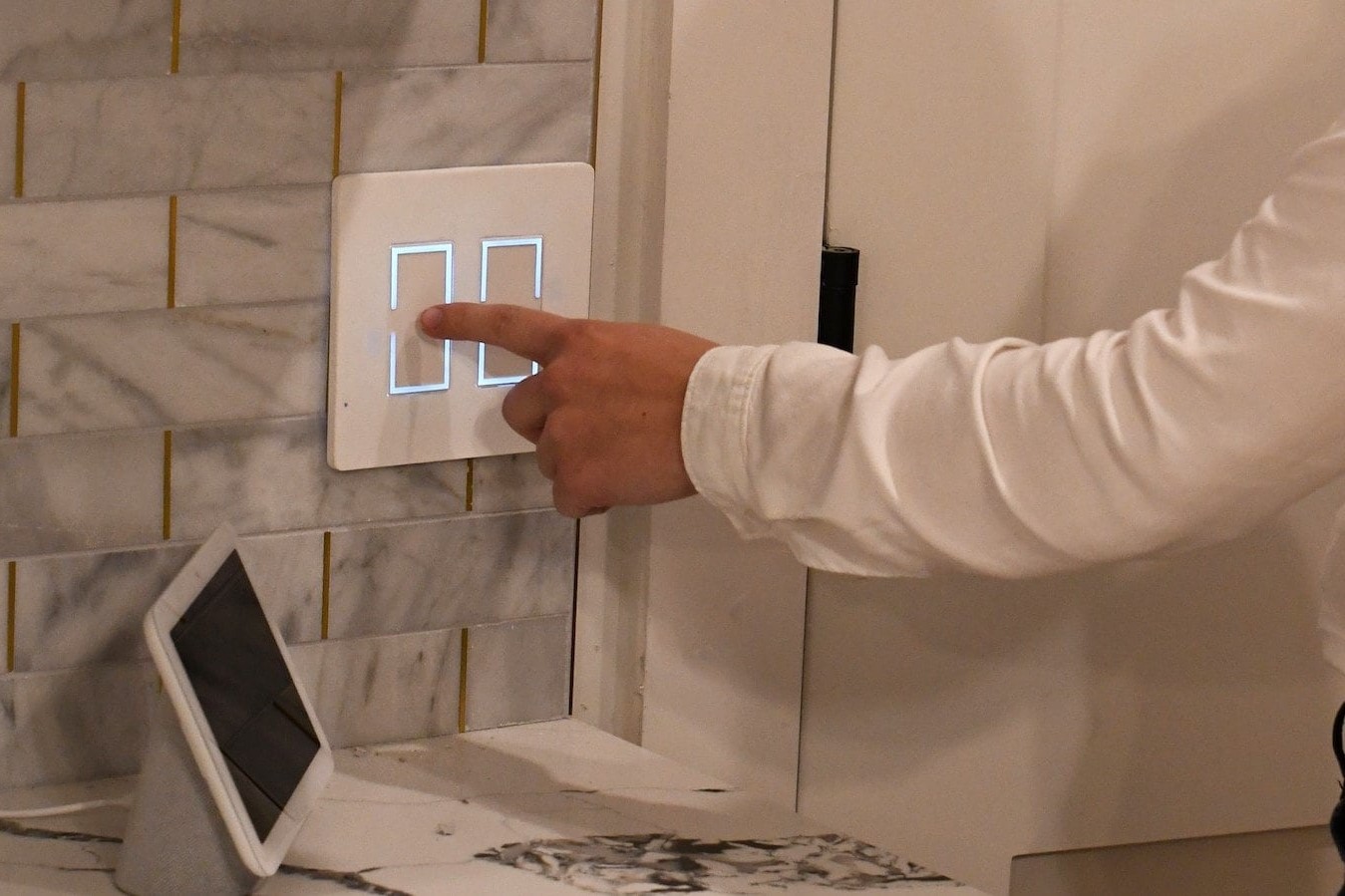
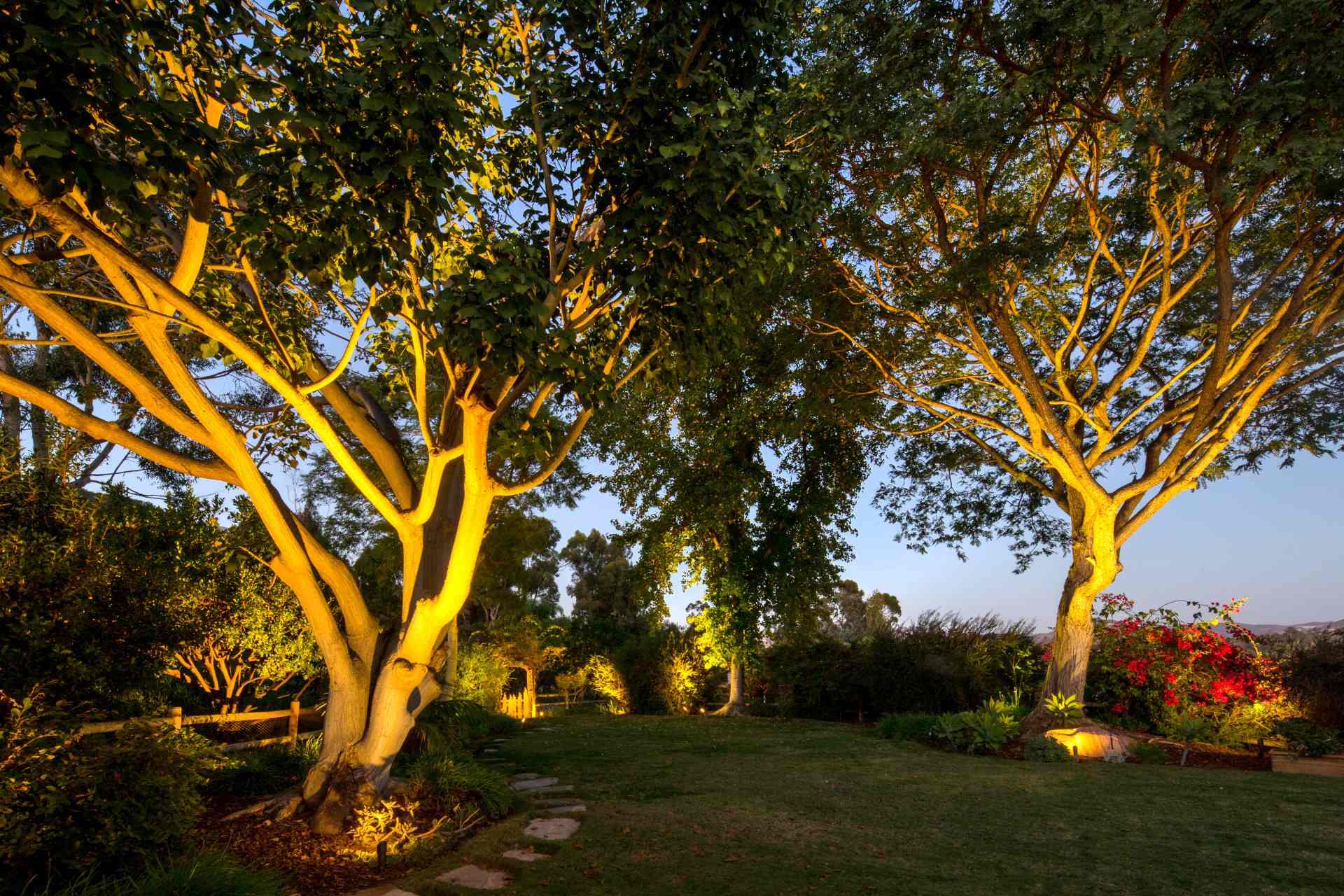
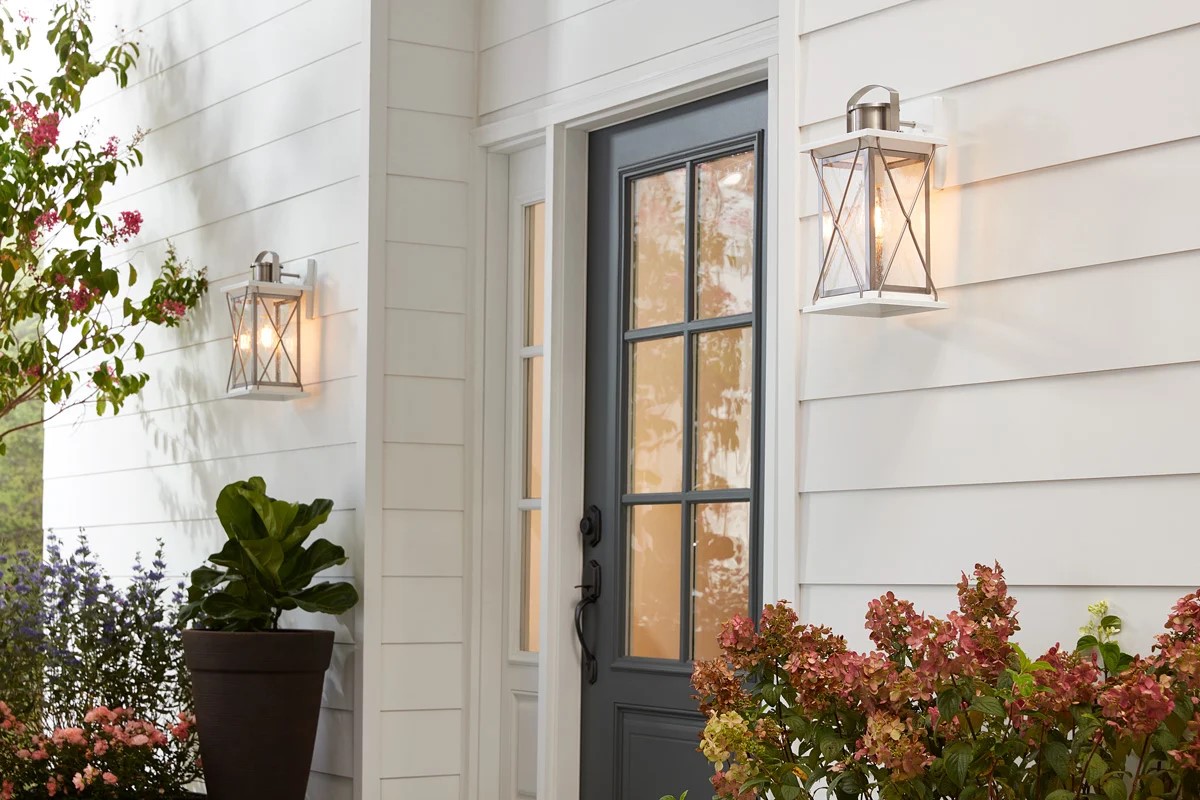
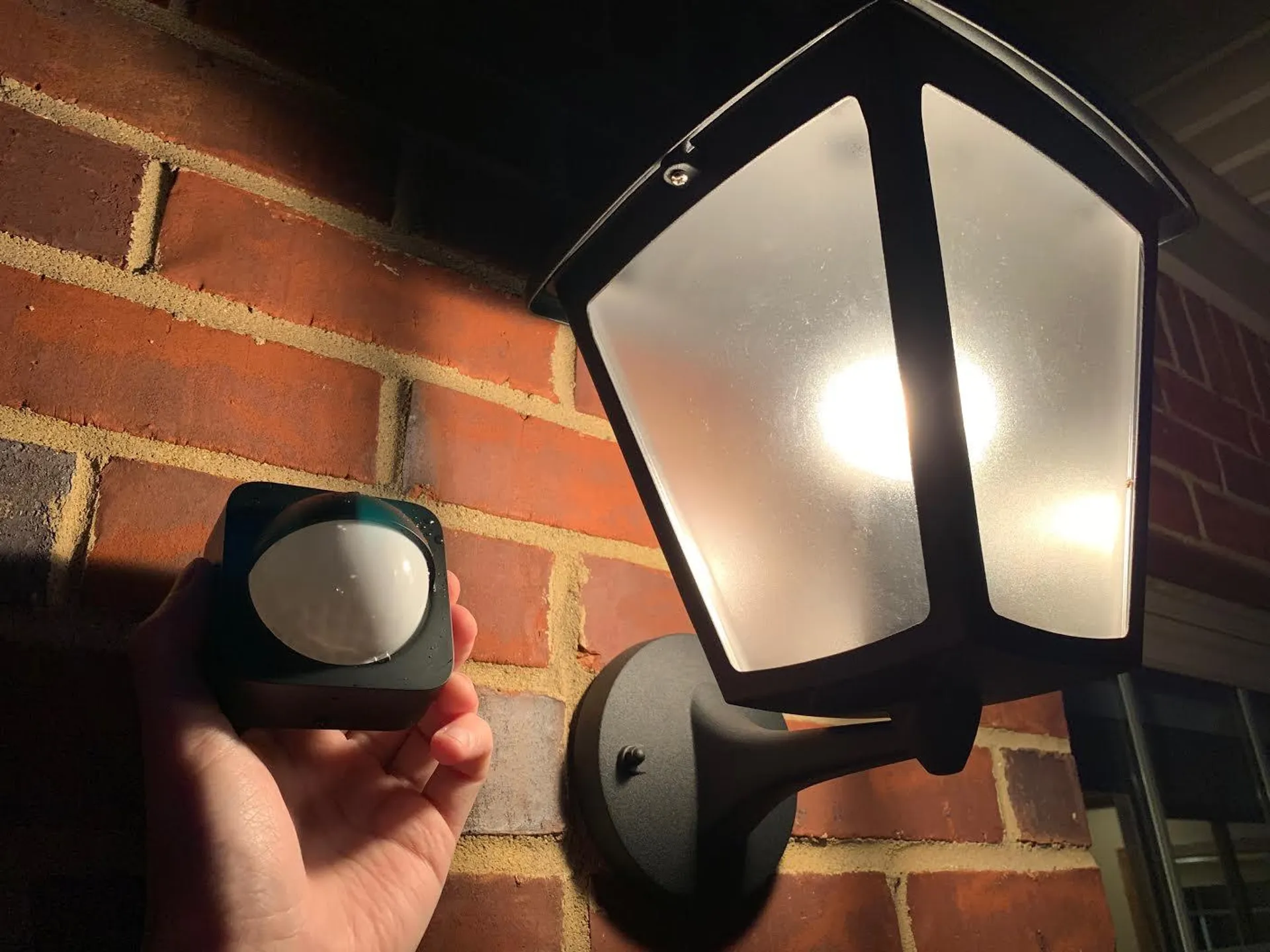
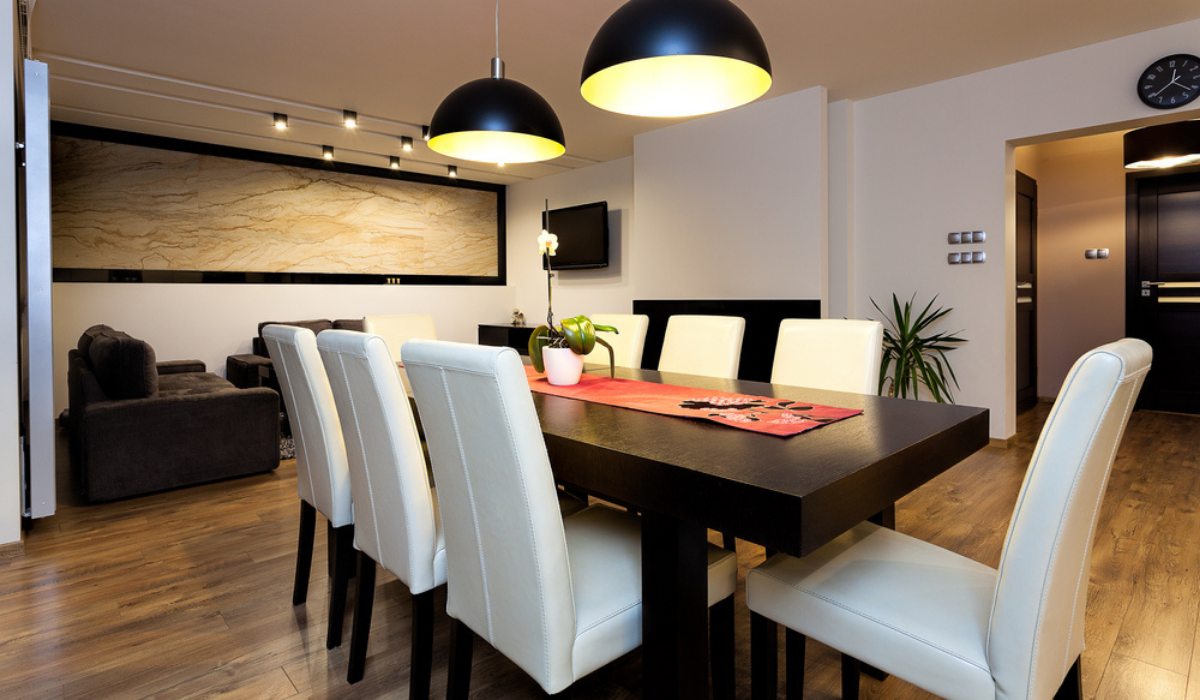
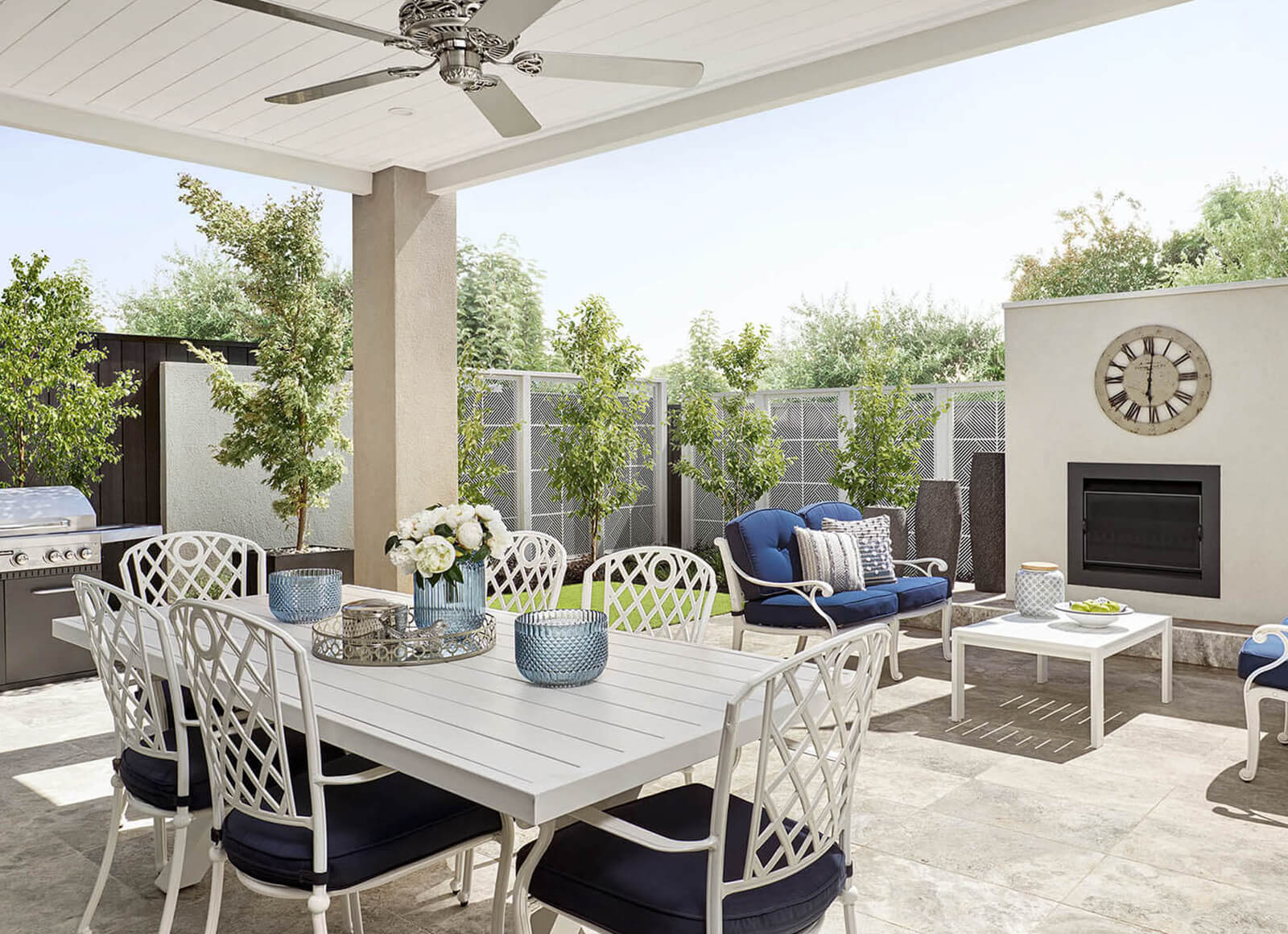


0 thoughts on “How To Set Outdoor Light Timer”